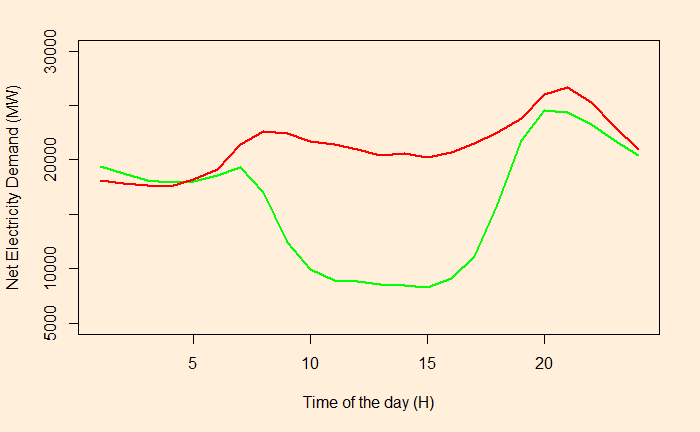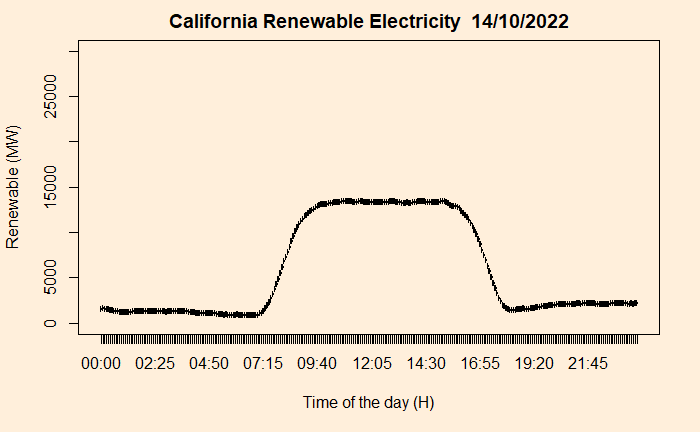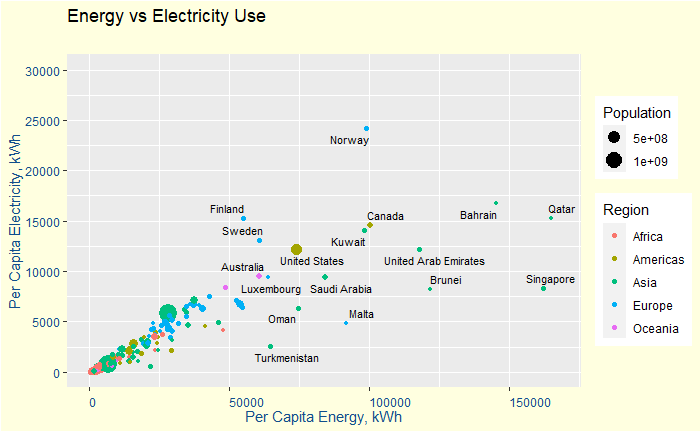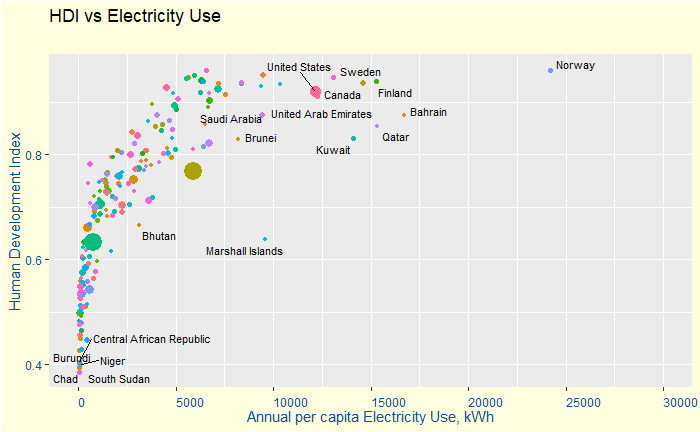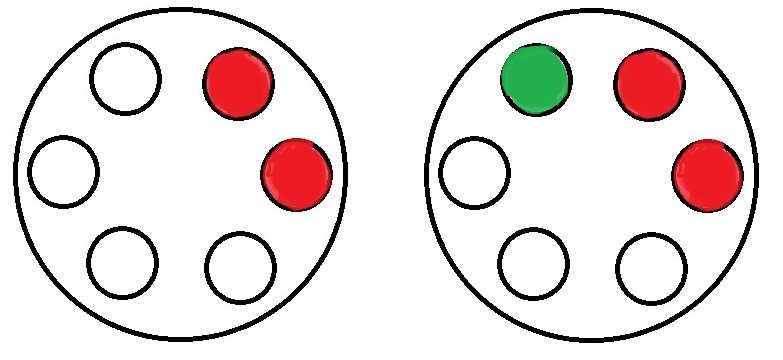Duck Curve – The Villain in the Renewable Drama
The hundredfold reduction of solar energy cost is nothing short of magic. To summarise the recipe in one sentence: the US developed technology, Germany created the market, and China just made it! So the question is: if solar is so cheap (cheaper than almost any other technology), why don’t we rely on solar and dump other dirtier ones? It only works when it is sunny, and the electricity demand is not always when it is sunny! It only works when it’s sunny, and the electricity demand goes with a logic of its own, often conflicting with the sunlight.
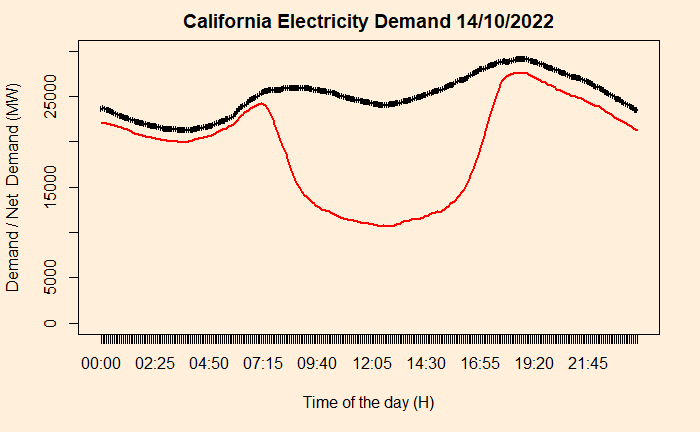
The duck that you see above has a lot of consequences. The plot indicates the requirement for traditional power generation to start operating in the evening time to manage the peak demand. But the economics is not that simple. Traditional power plants are typically more expensive and can’t make money by only producing in the evening and night. Secondly, the plants can have limitations in ramping up production so fast. These two limitations force the plants to run all day at some capacity leading to the renewable power plans to left unused. This waste (potential) power is called curtailment.
One way to manage is by storing electricity. But that comes with a cost, reducing the cost advantage created by solar significantly. Another way is to have common grids connecting multiple time zones and countries.
Reference
California duck curve: IEA
Demand trend California: CAISO
Duck Curve – The Villain in the Renewable Drama Read More »
